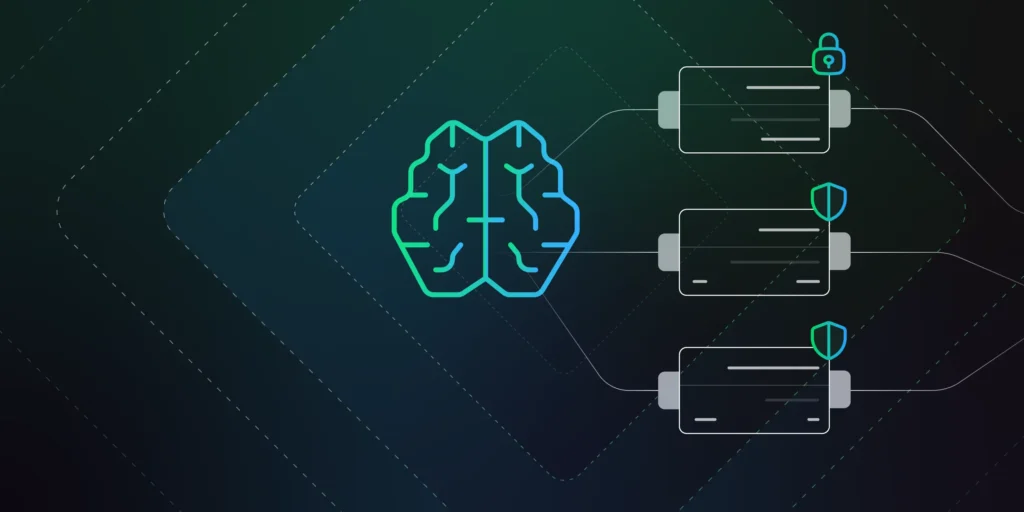Twenty years ago, I learned one of the most expensive lessons of my career.
I was working with a major wealth management firm — one of those places where millions of dollars move at the tap of a keyboard, and the trading floors buzz with the kind of energy that makes or breaks fortunes. The company had just invested millions in a next-generation intrusion prevention system (IPS) and network infrastructure to enable it. My team spent nine months meticulously tuning it, running it in passive mode, studying patterns, and adjusting rules.
I told the CISO: “Give us three more months. We’re almost there, but if we rush this, you’re gambling with production.”
But he had board pressure. Budget justifications. Political timelines. You know the drill.
So he flipped it on.
Within minutes — and I do mean minutes — the IPS flagged the firm’s VoIP traffic as malicious. The compressed voice packets didn’t look like anything it had seen before, so it assumed they were exfiltration attempts. It started blocking every single call.
And these weren’t just any phones. These were the trading desk phones.
When traders can’t execute trades, money evaporates. We’re talking millions of dollars per hour. By the time we figured out what had happened and rolled the system back, the damage was done. The CISO was walked out the door before the day ended.
Not because he lacked good intentions — but because he trusted automation without context.
That incident taught me a lesson I’ve carried with me ever since: Automation without intelligence isn’t just useless — it’s dangerous.
And now, in 2025, we’re on the verge of making that same mistake again — this time, with AI.
The New Reality: AI Has Changed Everything
I’ve been in this industry for 30 years, and I haven’t seen the playing field tilt this quickly since cybercriminals went professional in the early 2000s. AI technology has hit an inflection point, and while it holds enormous potential for defenders, right now, the bad actors have the lead.
AI has already supercharged the attacker toolkit. We’re seeing dramatic improvements in the quality of phishing emails and social engineering campaigns. Low-skill actors can now generate high-quality malware with minimal effort. Highly skilled attackers are using AI to scale their operations, evade detection, and accelerate their offensive innovation.
Here’s what’s most concerning: they don’t wait for budget approvals. They don’t hold architecture review meetings. They don’t need to justify their technology choices to a board. They just move.
So security teams are facing a two-front battle:
- Defend against AI-powered attacks that are evolving faster than ever
- Leverage AI to augment and automate defense — without shooting ourselves in the foot
This moment demands not just better tools — but a better foundation. And that means going back to what security has always been about: control. More specifically, control over our data pipelines.
AI Is “Garbage In, Incident Out”
Every security team I talk to is excited about AI. Rightfully so — machine learning and large language models are unlocking capabilities we could only dream of five years ago. But in the rush to “plug in” AI to our security stacks, we’re ignoring a foundational truth:
AI is only as smart as the data you feed it.
In fact, the situation is worse than the old “garbage in, garbage out” adage. Once AI-driven automation kicks in, bad input doesn’t just lead to noise — it leads to disruption, missed threats, or even self-inflicted outages. I’ve seen organizations increase their false positive rates by 300% after implementing AI-driven detection on poorly normalized data. That’s not progress — that’s expensive chaos.
You cannot afford to feed AI tools with:
- Badly formatted logs that confuse parsing algorithms
- Unnecessary or irrelevant telemetry that drowns out real signals
- PII that violates governance policies and creates compliance nightmares
- Contextless noise that triggers false positives or misclassification
- Unstructured data that varies wildly between sources
I tell our teams at Edge Delta: AI is not magic. It’s just fast. And fast + wrong = dangerous.
Why Security Pipelines Must Evolve for AI
The reality is that most pipelines today were designed for volume, not understanding. They’re engineered to collect and forward — not to interpret. But AI needs clean, contextualized, structured data to be effective.
This is exactly the “should versus is” problem I see everywhere: organizations know they should have clean, well-governed pipelines, but the reality is most are held together with hope and heroics.
In the age of AI, that pipeline can’t just be a dumb pipe — it needs to be intelligent itself. Before any data reaches your LLM or AI threat classifier, that pipeline must:
- Normalize diverse log formats automatically (e.g., transforming legacy syslog into OCSF) without manual configuration
- Filter out irrelevant data before it hits your expensive downstream tools — we’re talking about 90% reduction in many cases
- Control where sensitive data can and cannot go based on real-time classification, not static rules
- Enrich logs with additional intelligence — but only when necessary, to avoid bloat
- Detect suspicious patterns at the edge before bad data propagates through your entire stack
If you get this wrong, your AI tools will make the wrong decisions — quickly and at scale. If you get it right, they’ll amplify your team’s effectiveness, not its blind spots.
What AI-Ready Security Really Looks Like
Security leaders should ask four key questions when evaluating their readiness for AI-integrated defense:
- Visibility: Do you know what’s in your pipelines at all times? Can you see the unknown unknowns?
- Control: Can you route data appropriately for each use case and consumer without manual intervention?
- Efficiency: Are you avoiding waste — both in cost and in cognitive load — by dropping what you don’t need?
- Governance: Can you prove compliance and avoid sending sensitive data to tools that aren’t cleared to see it?
If these aren’t in place, AI tools can’t do their jobs well — and may make things worse instead of better.
Enter the Intelligent Pipeline
This is where the concept of an intelligent pipeline becomes critical — and why I joined Edge Delta. We’re not building just another data pipeline; we’re building intelligent pipelines for the AI-native era of security.
At Edge Delta, we deliver:
- Dynamic filtering, normalization, and enrichment of security data in real-time — with zero manual configuration required
- AI-powered pattern detection at the edge that catches threats faster than traditional approaches — detecting the unknown unknowns automatically
- Intelligent routing of different streams to different destinations based on compliance, cost, and context
- Significant data volume reduction while maintaining complete visibility
We call it an intelligent pipeline because it actively protects your security stack from bad data while detecting threats others miss. No months of manual tuning. No post-mortem meetings after something breaks in production. Just data that’s clean, actionable, and ready for your AI systems to do what they do best.
Whether you’re just beginning to explore ML-assisted detection, or you’re already deploying AI at scale, Edge Delta gives you the confidence that your pipeline won’t be the weak link.
Your AI-Ready Action Plan
AI is changing the security landscape rapidly. Attackers are already moving faster and smarter. Defenders can catch up — but only if we take data seriously. Here’s what you need to do:
- Audit your current pipeline: Map every data source and destination. You can’t secure what you can’t see.
- Identify your data quality gaps: Where is normalization failing? What’s creating noise?
- Calculate your data waste: How much are you spending to store and process irrelevant data?
- Test your governance: Can you prove PII isn’t going where it shouldn’t?
- Consider edge intelligence: Why wait until data reaches your SIEM to detect anomalies?
Don’t Be the Next Cautionary Tale
I’ve lived through the consequences of automation gone wrong. I’ve seen what happens when decisions are made without context. And I’ve watched promising technologies turn into liabilities because no one stopped to ask: What is this system actually seeing?
You don’t want to be the CISO explaining why your AI-powered security tool just took down your entire trading floor.
That means starting not at the SIEM, or the LLM, or the dashboard — but at the pipeline. If your inputs are clean, your outputs have a chance of being correct. If not, no model in the world can save you.
Start with the pipeline. Make it intelligent. Make it clean. Everything else flows from there.
Because in the race against AI-powered adversaries, the organizations with the cleanest, smartest pipelines will be the ones left standing.
If you’d like to experiment with Edge Delta, check out our free, interactive Playground. You can also book a live demo with a member of our technical team.






